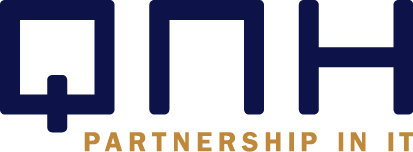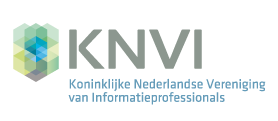Data Mesh Information Architecture: modeling data products and domains [English spoken]
Data Mesh is a federated approach to data management and governance developed by Zhamak Dehghani. It’s structure is based on domains and data products, elements that have also seen wide attention from organizations that are not otherwise working towards a full Mesh implementation. Working with autonomous domains who share data to the rest of the organization via data products is an excellent way to bring data work closer to the business and to allow domain-specific prioritization instead of a massive centralized bottleneck team. However, with domains having their own understanding of business and its core concepts, semantic interoperability becomes a challenge. This workshop focuses on the problems of Information Architecture in a de-centralized landscape. How can we document what data we have available, how do we understand what other teams’ data means, and how do we maintain a big picture of what is where? We will explore conceptual modeling as a key method of documenting the business context and semantics of domains and data products, more detailed logical modeling as a means to document data product structures, and consider both within-domain and cross-domain linking of various models and objects in them. As a hands-on exercise, we will model a domain and design some example data products that maintain strong links with their domain-level semantics. The workshop will give you the basic skills to do data modeling at these higher levels of abstraction, and understanding of the key characteristics and challenges of the Data Mesh that affect the way we need to do data modeling.
Learning objectives
- Understand the basics of the Data Mesh paradigm and its challenges relating to information architecture and semantics
- Learn the basics of conceptual modeling as a method of defining the business context of domains and data products
- Learn the basics of logical modeling as a part of data product design process
- Learn how solution-level metadata (e.g. data contracts) can expose domain-level context across domain boundaries
- Understand the basic operating model of information architecture management in the context of independent domain teams within a Data Mesh setup
Who is it for
- Data Architects
- Chief Data Officers and Heads of Data interested in federated operating models
- Data Product Owners and Team Leads working in a federated model
- Data Governance experts
Detailed Course Outline
1. Introduction
- Welcome and introductions
- Course agenda and goals
2. Data Mesh basics
- General idea
- Four pillars of Data Mesh according to Dehghani
- Domains and domain teams
- Data products
- The interoperability challenge
3. How conceptual models help with cross-domain understanding
- Basics of conceptual modeling: entities, relationships, and attributes
- How to identify the real business objects
- Building definitions and glossaries
4. Hands-on exercise: modeling a domain
- Domain boundaries
- Identifying entities within the domain
- Definitions and “domain ontology”
5. Data modeling as part of data product design
- Understanding product scope as part of the domain model
- Logical model as product-level design & documentation
- Deriving logical models from conceptual model
- Maintaining links with the domain model
- What happens when the product expands beyond the domain?
6. Ensuring semantic interoperability at the domain boundary
- Exposing metadata from domains and data products
- Data contract basics
- Domain glossaries vs. shared enterprise glossaries
- Dealing with polysemes
7. Data Mesh information architecture operating model
- Domain team responsibilities
- Data product owner responsibilities
- Platform team responsibilities
- Federated governance
8. Conclusion
- Key takeaways
- Where to start in your organization
- How to learn more








